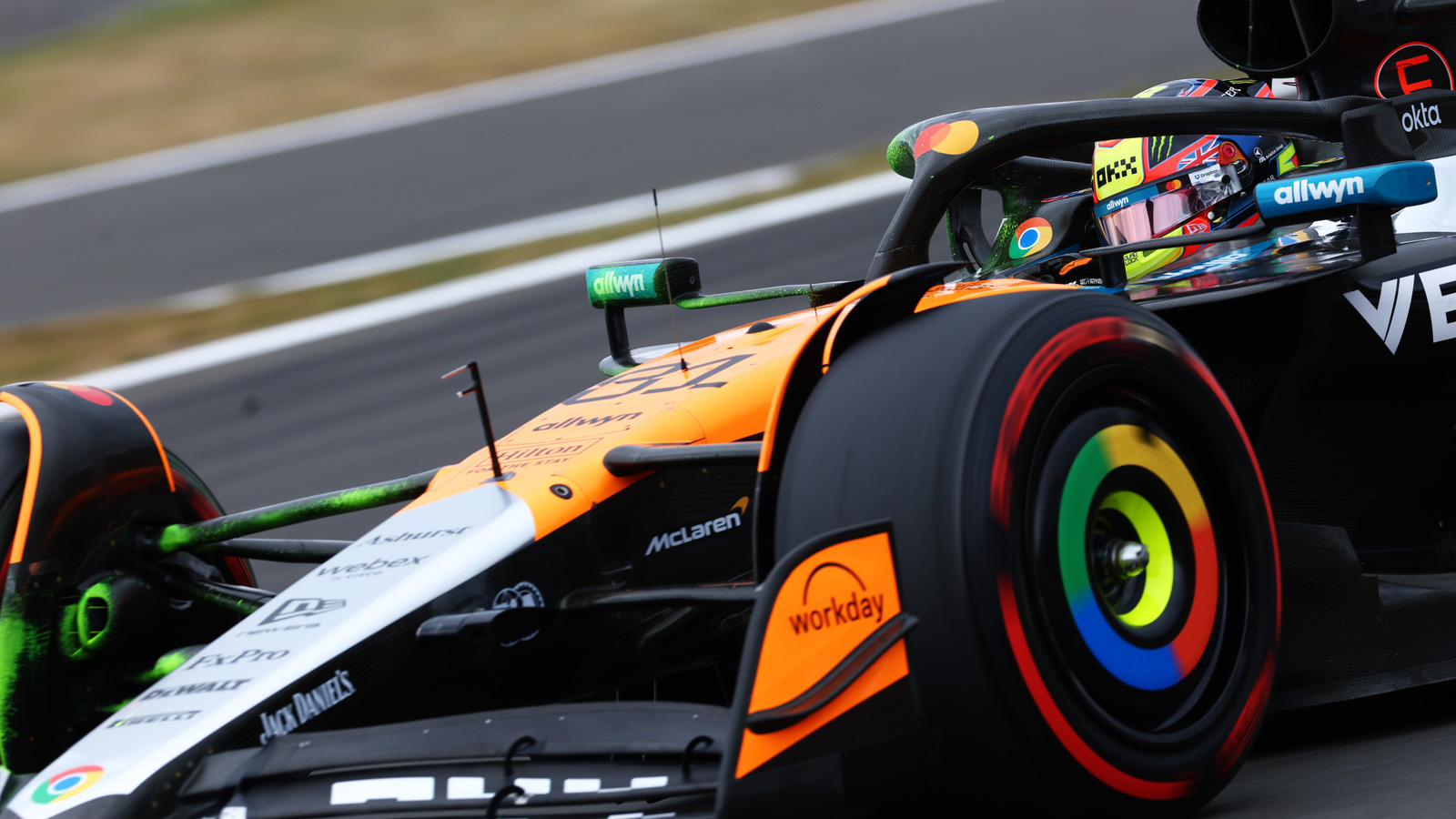By Ryan Erik King
Copyright jalopnik

Brand new Formula 1 cars roll out on track for the first time every year for winter testing. As onlookers attempt to gauge the field’s pecking order at the start of the season, the teams fit their cars with metallic arrays dotted with sensors to better understand the aerodynamic performance of their machines. The pitot tubes mounted to these aero rakes are vital instruments for development, serving as the bridge between simulation data and the real world. However, there are a few pitot tubes that are mounted to the car full-time to gather data, like at the front of the monocoque.
F1 testing isn’t the first use case that comes to mind when talking about pitot tubes. The sensors are typically used on aircraft to determine airspeed by measuring dynamic pressure. According to Formula 1, the teams mount aero rakes behind the front and rear wheels to visualize the wake coming off the wings and other aerodynamic surfaces by reading the airspeed at various points around the car. All the pitot tubes are wired to a black box mounted on the car’s bodywork. It might sound like a ton of data to crunch, but the information is processed nearly in real-time, pumping out rendered images and video.



